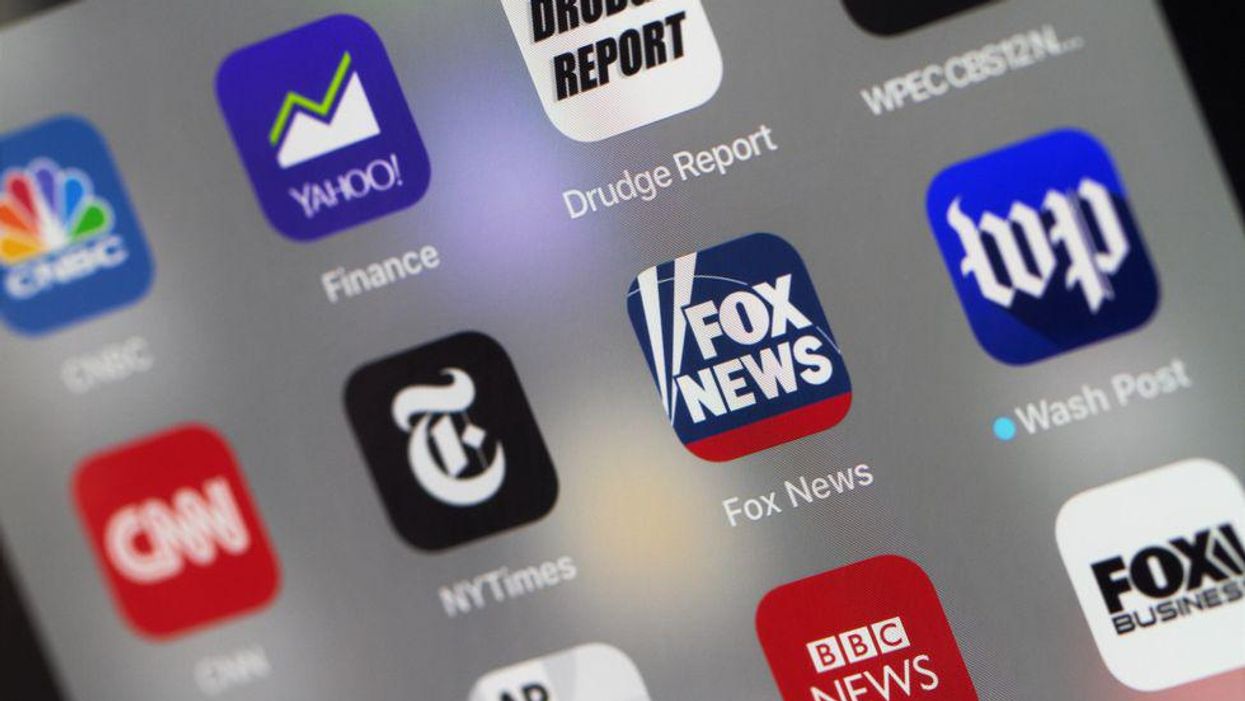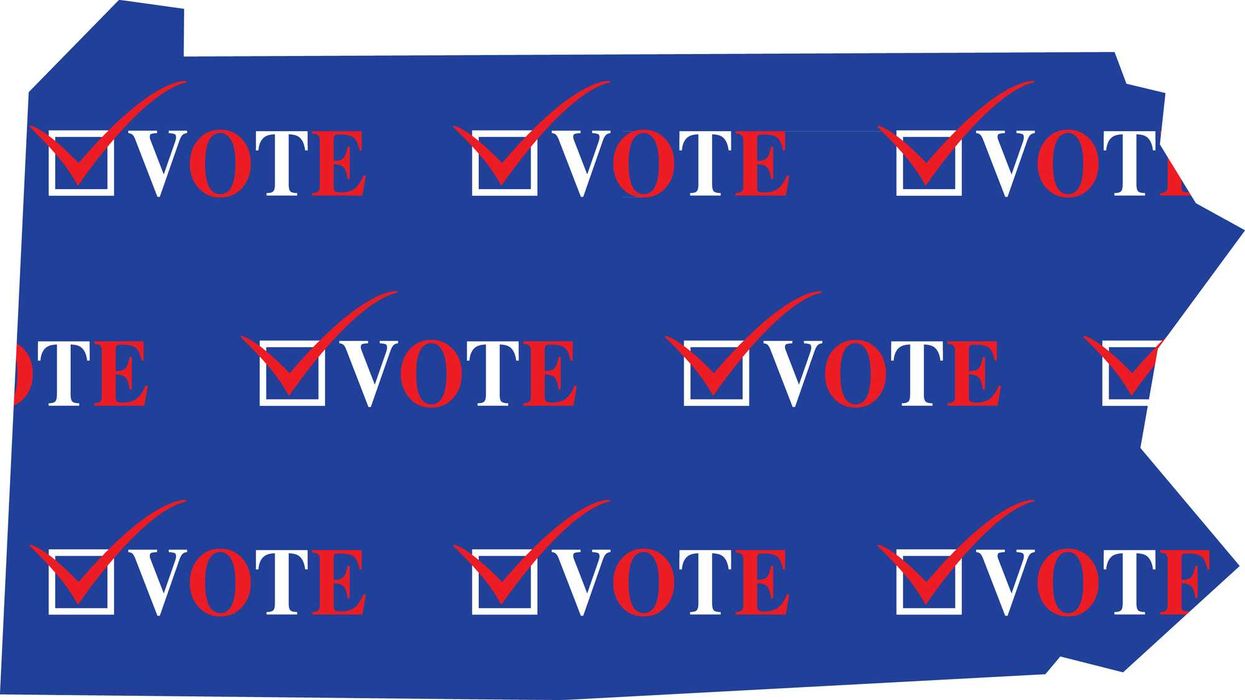It's been a busy week for democracy reformers, with the For the People Act appearing to die in the Senate, Republicans threatening to break ranks, and Rep. Liz Cheney losing her leadership post despite her conservative credentials.
But there was so much more. Here's a sampling of stories you may have missed.
Redistricting review - a summary of this week's map-making news (Ballotpedia)
How Jim Crow-Era Laws Suppressed the African American Vote for Generations (History)
What we know about the high, broad turnout in the 2020 election (The Washington Post)
Nomination of Kristen Clarke, controversial Biden civil-rights pick, hangs in balance (Fox News)
And for a little fun: Ranked Voting in NYC (The New Yorker)




















